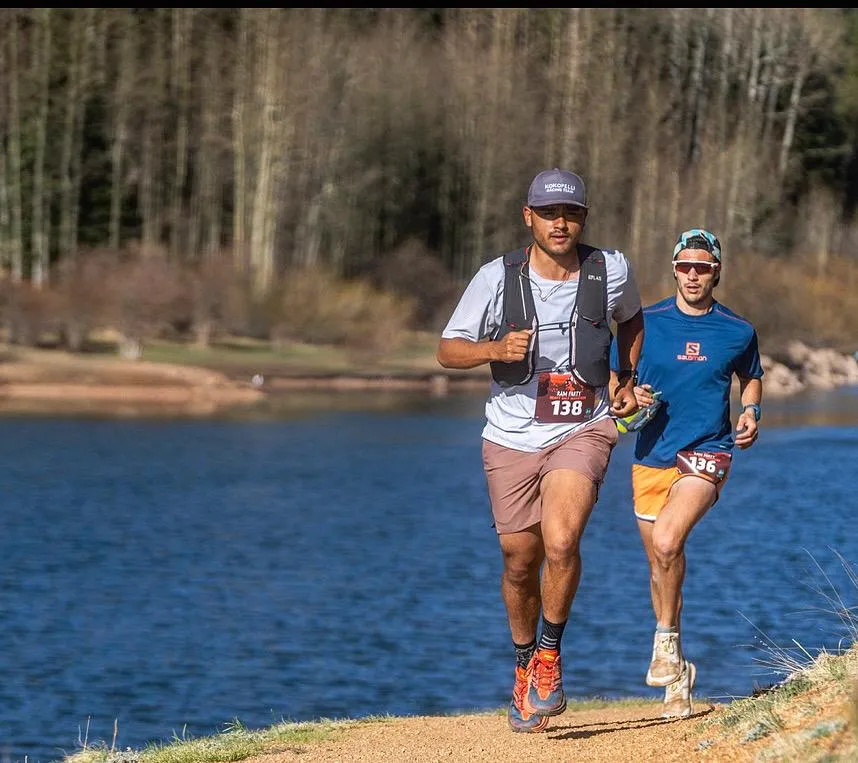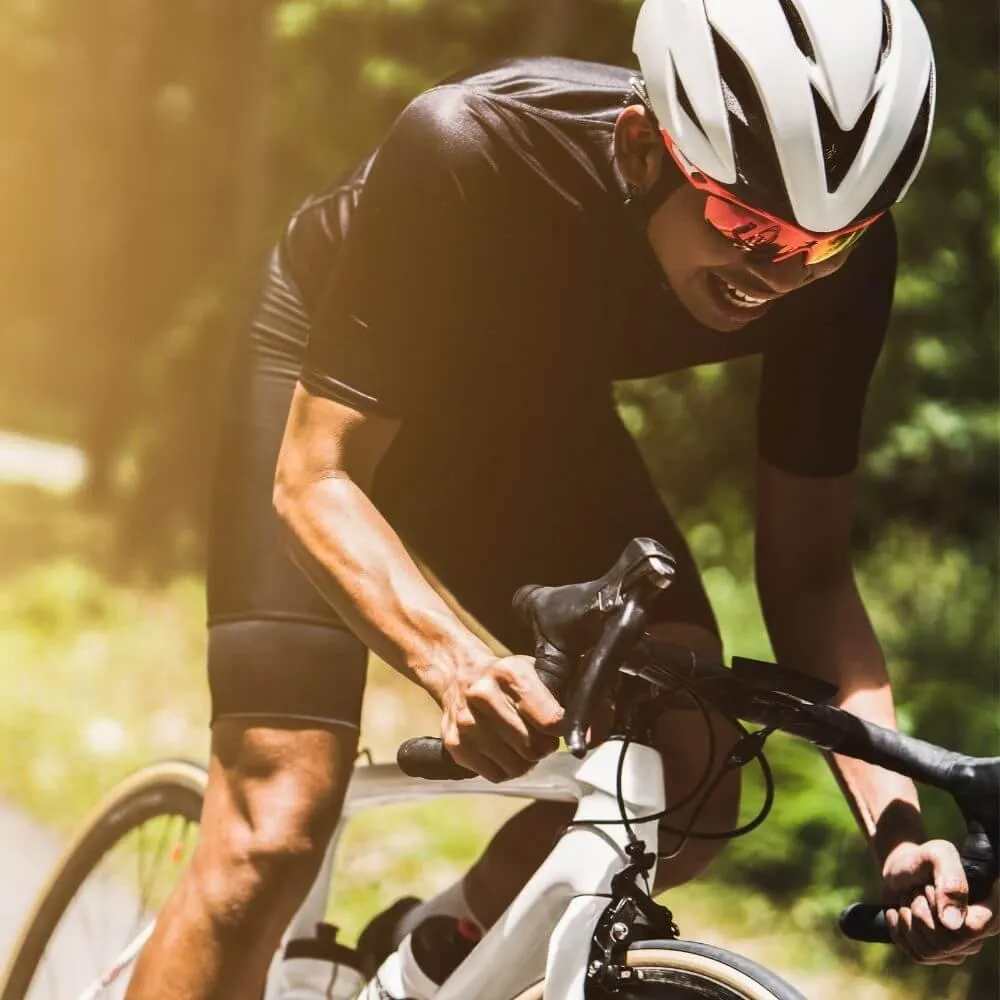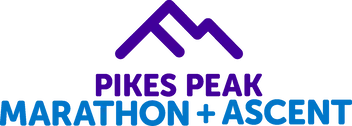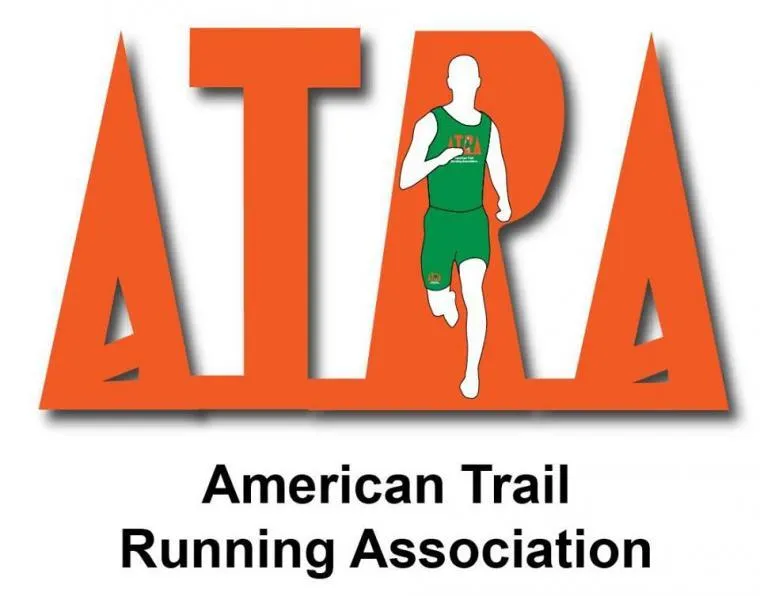We Guide Runners & Endurance Athletes throughout the Injury to Performance Continuum.
Colorado Springs, Colorado
Our Patient/Client Pathway
Step 1:
Connect
We start all of our services with a personalized phone call to gain an understanding of what an individual has been dealing with, their personal and/or performance goals, and where they would like to be after working together! If it sounds like we're a good fit to begin working together, we can discuss next steps.
Step 2:
Assessment + Plan
At your initial appointment, we'll conduct a comprehensive evaluation based on your current situation & goals. No individual assessment looks the same! Together, we’ll then develop a personalized plan tailored to help you reach your health and/or performance goals effectively.
Step 3:
Transformation
With your customized plan in hand, it’s time to embark on your transformation. No matter your path, throughout the rehab to performance continuum, we'll take each step forward together building confidence to get YOU to where YOU want to be. We'll be here with you every step of the way!
WHAT WE DO

Run Coaching
Our Run Coaching service will help guide you through training specifics, nutrition, recovery, and the mental aspects of training/racing. Our focus will be on tailoring a training program to meet your life's ecosystem, keeping you healthy, and meeting your running goals!

Performance Rehab
Our Performance Rehab service is dedicated to helping individuals recover from injuries swiftly and safely while optimizing their performance levels. Through tailored rehabilitation programs, we ensure that you not only heal but come back stronger and more resilient!

Strength & Performance Training
Our Strength and Performance services focus on the overall athlete development through comprehensive conditioning, running mechanics, strength programs, and recovery strategies. We aim to enhance your physical strength, improve your running/movement efficiency, health, and support your long-term athletic goals!
WHAT WE DO

Run Coaching
Our Run Coaching service will help guide you through training specifics, nutrition, recovery, and the mental aspects of training/racing. Our focus will be on tailoring a training program to meet your life's ecosystem, keeping you healthy, and meeting your running goals!

Performance Rehab
Our Performance Rehab service is dedicated to helping individuals recover from injuries swiftly and safely while optimizing their performance levels. Through tailored rehabilitation programs, we ensure that you not only heal but come back stronger and more resilient!

Strengthening and Wellness
Our Strengthening and Performance services focus on the overall athlete development through comprehensive conditioning, running mechanics, strength programs, and recovery strategies. We aim to enhance your physical strength, improve your running/movement efficiency, health, and support your long-term athletic goals!
At Run Potential: Rehab & Performance, we've supported a multitude of runners, endurance athletes, and active individuals across
Colorado in overcoming pain and pursuing their performance aspirations!
We're not just focused on your injury or problem;
we genuinely care about you!
And we'll strive to make your experience at Run Potential an
Unparalleled one.
Podcast and Blog Partners
Join Our Newsletter
Areas We Service
Colorado Springs, CO
Call or Text
(719) 625-0446
Email us
sean.rimmer@runpotentialpt.com




